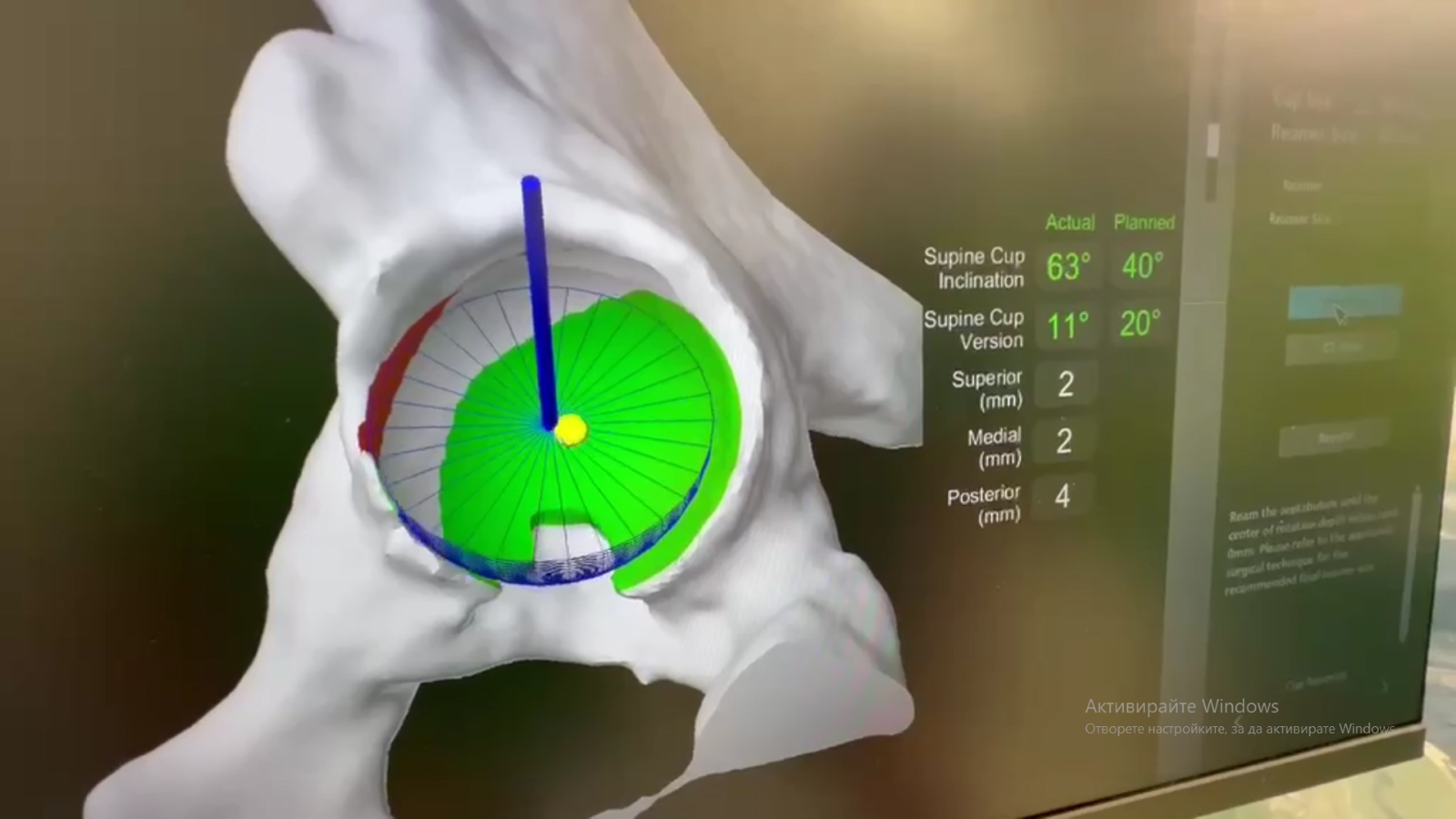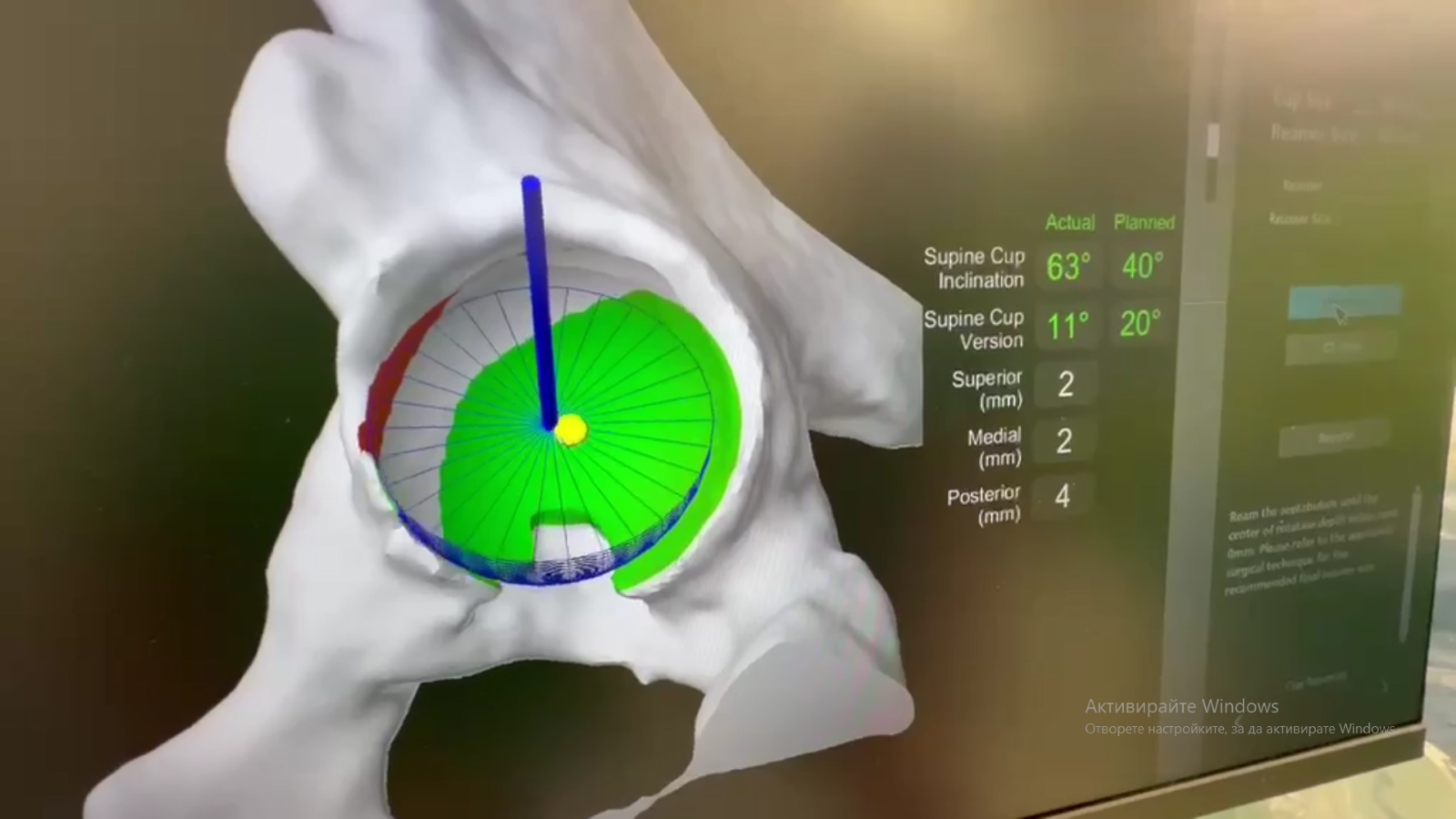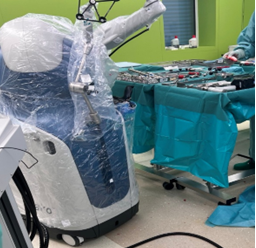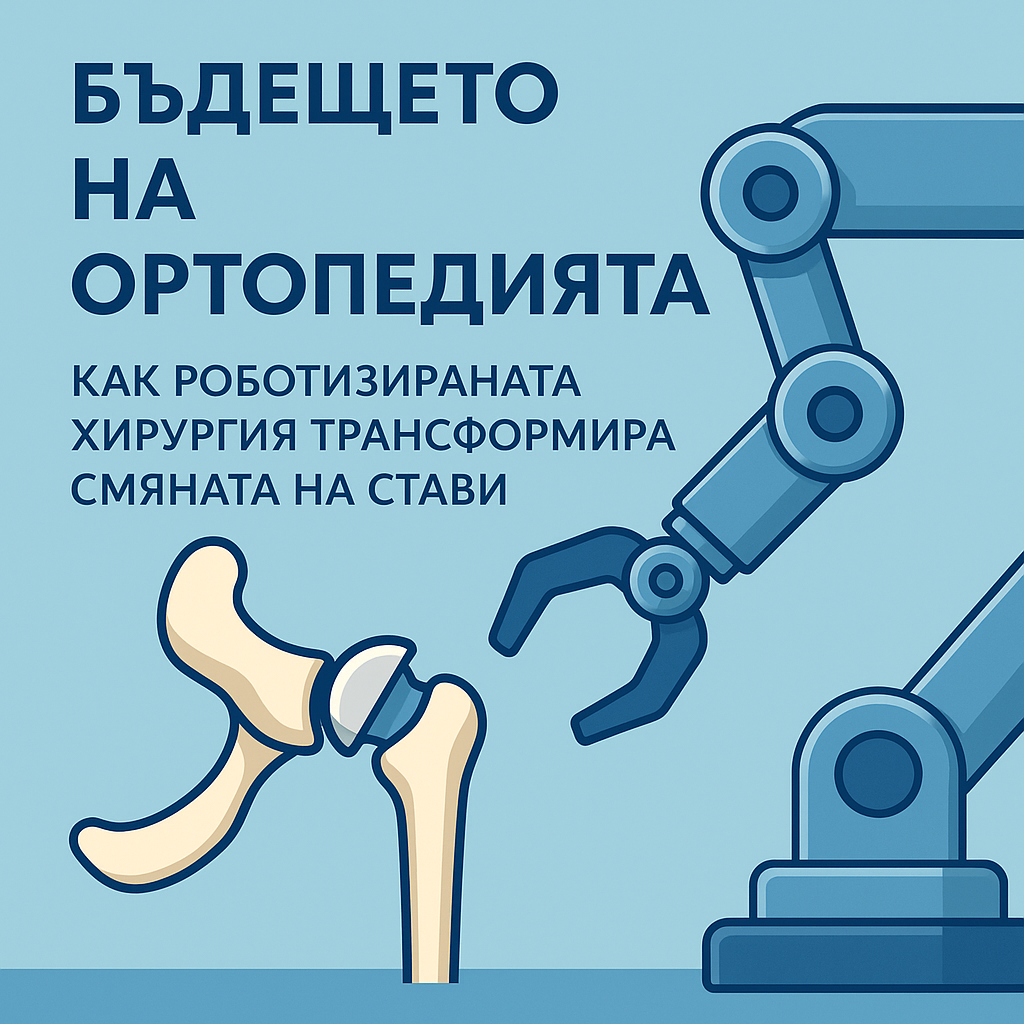The Future of Orthopedics: How Robotic Surgery Is Transforming Joint Replacements
AUTHOR
Dr. Kristian Filipov, Orthopedics & Traumatology Resident, Germany

The DrGoGo team would like to extend sincere thanks to Dr. Kristian Filipov, Orthopedics & Traumatology resident in Germany, for providing expert insights and visual materials. Your contribution makes medical science more accessible and understandable for everyone. Thank you for your trust and inspiration!
When Precision Matters
Knee and hip replacements are among the most commonly performed orthopedic procedures worldwide. But what if we told you that we no longer rely solely on the surgeon’s “hand”? Meet the robotic surgical system that assists surgeons with millimeter-level precision. This technology is already in successful use in Germany, and we at DrGoGo thank Dr. Filipov for sharing firsthand expertise.

What Is the Robotic System?
The platform in question is an intelligent, robotic surgical assistant—developed by a U.S. manufacturer—used for:
-
Total knee replacement
-
Partial knee replacement
-
Hip replacement

How It Works
-
Personalized 3D Planning
A preoperative CT scan generates a precise 3D model of the patient’s joint. Surgeons use this to plan exact implant size and positioning based on each individual’s anatomy. -
“Virtual Boundaries” Surgery
During the procedure, haptic (touch-feedback) technology enforces the planned boundaries: if the instrument strays outside the safe zone, the robot automatically halts. This minimizes the risk of damaging healthy tissue. -
Millimeter-Accurate Implantation
The robot helps sculpt the bone to within 1 mm of the planned geometry, ensuring the implant sits perfectly—reducing wear and extending prosthesis lifespan.

Patient Benefits
-
Less postoperative pain
-
Faster rehabilitation
-
Shorter hospital stays
-
More accurate implant alignment
-
Longer-lasting implants
Real-World Example
In knee replacements, the system measures ligament tension in real time, allowing the surgeon to balance soft tissues on the spot—something that’s very challenging with traditional techniques.
Drawbacks?
Like any cutting-edge technology, there are hurdles:
-
High cost—over $1 million per system plus $100 000+ annual maintenance
-
Need for preoperative CT imaging
-
Specialized staff training
-
Limited use in highly complex revision surgeries
However, as robotics evolve, these barriers are expected to diminish.
What’s Next?
-
AI integration for enhanced decision support
-
Remote (tele-) surgery capabilities
-
Gradual cost reduction
-
Greater treatment personalization

Final Thoughts
Robotic platforms are forever changing orthopedics—not replacing surgeons but empowering them to operate with unprecedented confidence and accuracy. When it comes to your mobility and quality of life, every millimeter counts.
DrGoGo believes that technology should be accessible, clear, and beneficial. We hope this article has given you fresh insight into modern medicine.

📢 Call to Action:
👉 Share this article with anyone considering joint replacement
👉 Follow DrGoGo for more medical innovations
👉 Comment below: Would you trust a robot in the operating room?



Comments